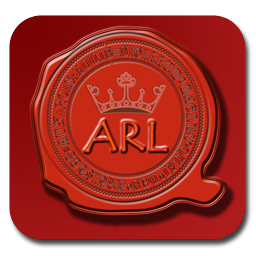- The chairs with armrests became padded armchairs with armrests that frequently had a lion’s or a ram’s head at the end.
- The poly-lobed panels on the chests, armoires, cabinets and tall cupboards were, for the most part, carved in diamond shapes and sometimes in a chocolate bar design.
- The chair and table legs and the armoire feet were twisted, beaded or baluster with an X shape crosspiece.
- Freestanding or attached twisted columns began to flank the armoires and sideboards.
Recognising Louis XIII, XIV, XV styles

The Louis XIII style: turned wood
The Louis XIV style: emphasis on volume and moulding
- Extra conspicuous mouldings on armoires, sideboards and chests of drawers, echoing the splendour of the Palace of Versailles, built in the reign of the Sun King.
- Grand cornices with majestic mouldings and impressive proportions on armoires and “deux corps” sideboards.
- Bun feet on armoires, sideboards and tables.
- Scroll or curly bases on the flat-back, high-back armchairs.
The Louis XV style: a flowery note
- The furniture was decorated with sculpted flowers, acanthus leaves, foliage, fruits and scallops, all inspired by the rococo style.
- The straight stretchers between the legs became arched, finely sculpted into curves (top and front view) on most of the pieces.
- Curved legs were invented for the chairs, armchairs, tables and chests of drawers.
- Remarkable feats were accomplished by master cabinetmakers in their pursuit of the curve. There are some fine examples of bombé, arbalète or tombeau commodes.
Professional advice:
Be cautious: a piece of period furniture may well be a reproduction.
Example: a “Louis XV sideboard” is genuine, whereas a “Louis XV style sideboard” may be a reproduction. Be careful of the wording.
Rest assured: the Aux-Rois-Louis salesroom gallery guarantees thoroughly genuine Louis XIII, Louis XIV and Louis XV furniture.
